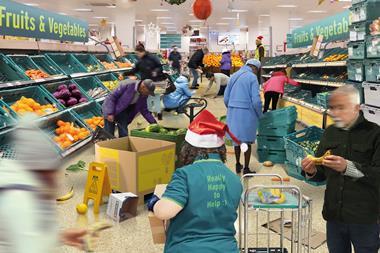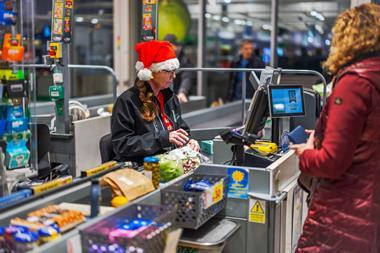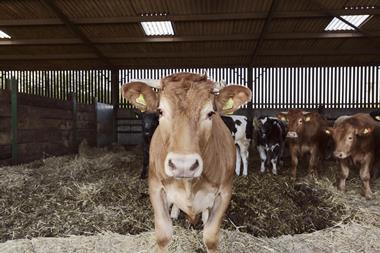A tough year lies ahead, but you can survive and even thrive if you exploit some of the key trends.
Food and drink has always been seen as resilient to recession - a safety stock.
But in 2011 more than any other year, the sector was squeezed at both ends of the chain - by declining demand resulting from rock bottom consumer confidence (fuelled by limited access to consumer debt, rising inflation and the highest unemployment for 17 years) and by volatile supply conditions (commodity price volatility and deteriorating supply chains).
So what factors will the industry have to exploit if it is to thrive in these economic conditions? Here are AlixPartners’ predictions:
1. World foods with authenticity and provenance. Sales of chilled ready meals have risen 24% in the past two years as shoppers swap eating out for eating in. World foods are a major driver of this.
2. An increasing trend for consumers to grow and cook their own food, inspired by TV chefs.
3. Indulgence will be a major sales driver, although there is a longer-term trend towards health
4. Innovative customer packaging that differentiates products as well as cutting costs by reducing weight or complexity.
5. Convenience will remain key for shoppers, but health is also becoming influential in impulse.
6. Shock factors such as the Arab spring, the Russian wheat harvests and the Ivory Coast civil war have fuelled commodity price volatility that winners will exploit to their advantage.
7. Achieving a balanced supply chain - managing the growing tension between moving to low-cost countries, security of supply and consumer pressure for localness and carbon footprint reduction
8. Many large multinationals are heavily reliant on emerging markets. Will they overheat and dry up? With limited access to external funding, funds for growth must be found in developed markets.
9. Managing supply chain risk in deteriorating supply chains.
10. Above all, operational competence: managing cash and working capital tightly, maximising availability, dealing with supply chain cost inflation and adapting to new spending patterns.



















No comments yet